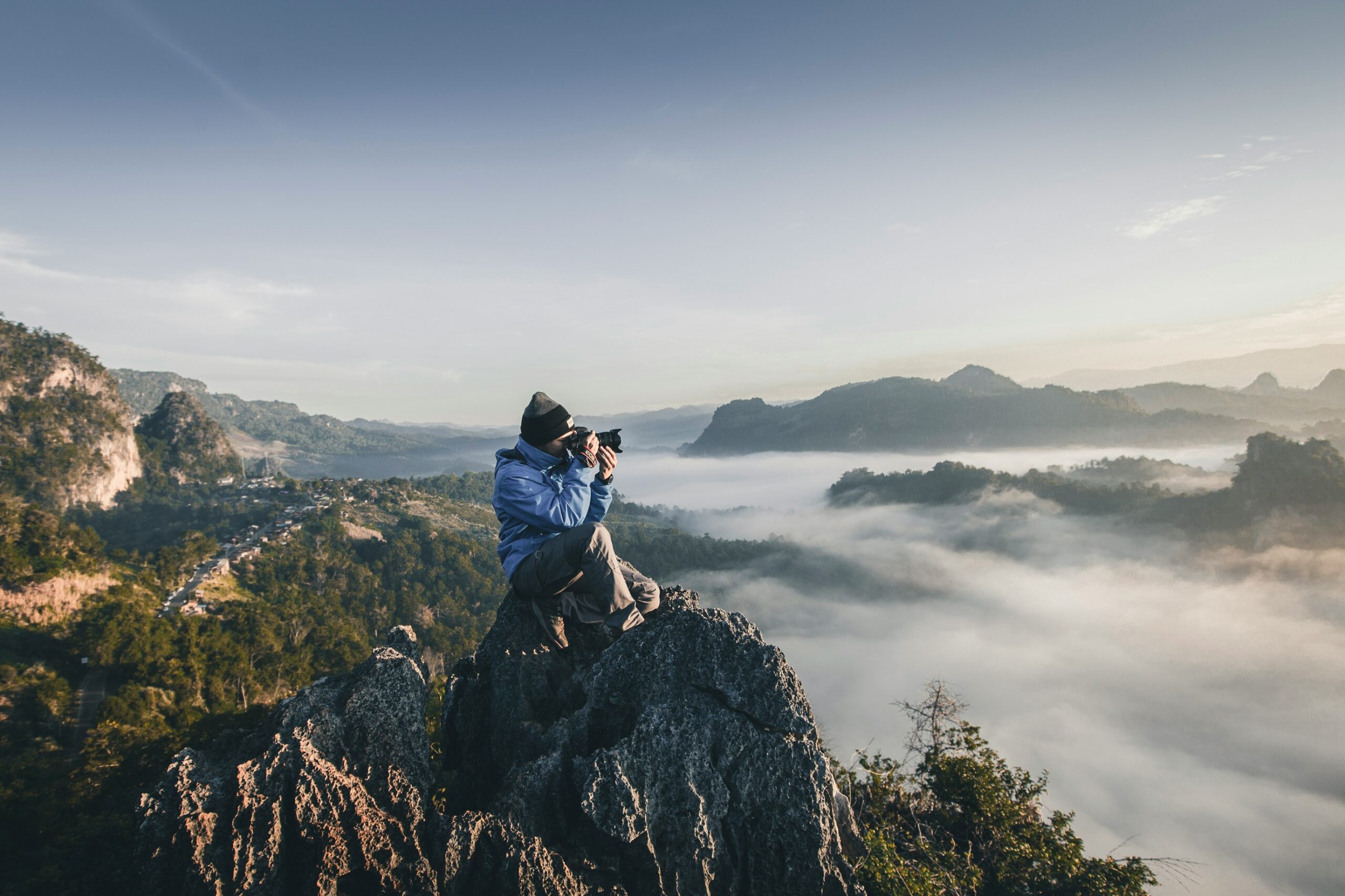
Urban photography offers a vibrant window into the pulse of city life. It combines architecture, people, movement, and culture into powerful images that tell compelling stories. By exploring urban photography, you can capture the unique essence of cities — their energy, diversity, and character — through your lens. This article guides you through techniques and tips to master this exciting photographic genre.
Understanding Urban Photography and Its Appeal
Urban photography focuses on capturing scenes in city environments. These images often highlight architectural structures, street scenes, public spaces, and everyday moments that reveal a place’s personality. Unlike traditional landscape photography, urban photography thrives on dynamic, human-centered subjects that evoke emotion and connection.
Urban photography is captivating because it can freeze time in bustling, often chaotic settings. Photographers find beauty in contrasts: the interplay of light and shadow on buildings, the rush of crowds against static structures, or the textures of weathered walls. Consequently, urban photography records and interprets city life, inviting viewers to see familiar surroundings from a fresh perspective.
Choosing the Right Equipment for Urban Shots
Selecting the proper gear lays a strong foundation for successful urban photography. Many photographers prefer lightweight, versatile cameras that allow them to move quickly and capture spontaneous moments. Mirrorless cameras and compact DSLRs often fit the bill due to their portability and image quality.
Moreover, a range of lenses can expand your creative possibilities. Wide-angle lenses capture grand cityscapes or architectural details well, while prime lenses with wide apertures excel in low light or for isolating subjects. Additionally, having a sturdy tripod can help when shooting at night or in situations requiring longer exposure times. Therefore, equipping yourself with the right tools empowers you to tackle diverse urban scenarios effectively.
Scouting Locations and Timing Your Shots
Finding the perfect location is crucial to telling the story you want through your urban photos. Exploring neighborhoods, streets, parks, and landmarks helps uncover scenes rich with visual interest. Local knowledge or research can guide you to spots with intriguing architecture, vibrant street life, or hidden gems.
Timing also plays a significant role in shaping your images. Early mornings offer soft, diffused light and fewer crowds, while golden hour enhances colors and shadows, adding depth to your shots. Conversely, nighttime photography opens up new possibilities with illuminated buildings, neon signs, and reflective surfaces. By thoughtfully scouting locations and considering the time of day, you can maximize your chances of capturing compelling urban photographs.
Composing Dynamic and Engaging Images
Composition breathes life into your photos, directing viewers’ attention and conveying your intended message. When shooting in urban settings, look for leading lines such as streets, railings, or building edges that draw the eye through the frame. Framing your subjects within doorways, windows, or arches can add layers of interest and context.
In addition, balancing elements within the scene prevents clutter and chaos, allowing the subject to stand out. Don’t shy away from experimenting with angles — shooting from high vantage points or low-ground perspectives can transform mundane views into captivating visuals. In essence, thoughtful composition enhances the storytelling power of your urban photography.
Capturing the Human Element and City Energy
Cities are living, breathing entities shaped by the people who inhabit them. Including human subjects in your photos injects emotion and relatability into your work. Whether candid street portraits, bustling crowds, or solitary figures against massive buildings, people add scale and narrative.
Furthermore, aims to capture moments that express city energy — a cyclist weaving through traffic, street performers entertaining passersby, or a group sharing a laugh on a bench. These snapshots of everyday life embody the soul of urban environments. Consequently, focusing on the human element transforms static scenes into vibrant stories that resonate deeply.
Mastering Light and Shadow in Urban Scenes
Light and shadow dramatically influence the mood and impact of your images. Urban environments offer unique lighting conditions, from harsh midday sun reflecting off glass to the interplay of shadows cast by skyscrapers. By observing how light interacts with your surroundings, you can enhance textures, shapes, and contrasts.
Additionally, using shadows creatively can emphasize patterns or add mystery to your photos. Shooting during the blue hour or at night provides opportunities to work with artificial lights, such as street lamps, car headlights, or neon signs, which create striking color contrasts. Thus, mastering light and shadow control elevates your urban photography, making your images more visually engaging.
Post-Processing to Enhance Urban Photography
After capturing your images, post-processing allows you to refine and emphasize your vision. Adjusting brightness, contrast, and color balance can reveal details and moods that were less apparent in the raw photo. Cropping and straightening also help improve composition and focus.
Moreover, selectively enhancing textures or converting images to black and white can add drama and timelessness. However, keeping edits natural and consistent with the story you want to tell is essential. In sum, thoughtful post-processing completes the creative process and prepares your urban photographs for sharing and display.
Embracing Creativity and Personal Style
Finally, urban photography encourages you to develop your unique voice. You can discover what excites and inspires you most by experimenting with different subjects, techniques, and perspectives. Whether you prefer abstract architectural shots, vibrant street portraits, or quiet urban scenes, your style will emerge through practice.
Stay curious and open to new ideas, as cityscapes constantly evolve with changing seasons, events, and cultures. Keep pushing boundaries and refining your approach, and your portfolio will reflect a compelling journey through urban life. Ultimately, capturing the essence of city life is as much about your vision as the city itself.
Urban photography offers endless opportunities to explore and express the dynamic spirit of city life. You can create deeply images by understanding their unique qualities, preparing the right equipment, choosing locations thoughtfully, composing carefully, and embracing creativity. Each photo becomes a vibrant chapter in the story of urban existence — a story you bring to life through your lens.